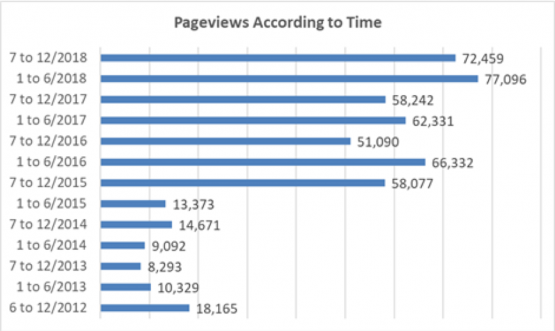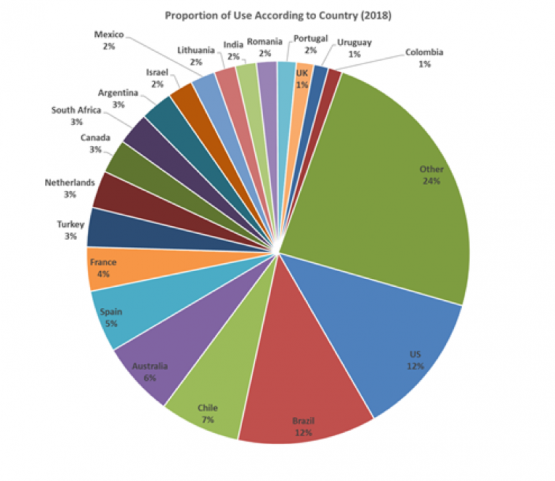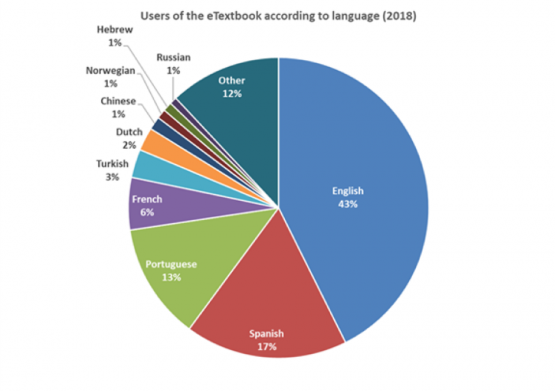J.M. Rey’s IACAPAP e-Textbook of Child and Adolescent Mental Health
By the co-editors of the e-Textbook: JM Rey and Andrés Martin

As translations into other languages have grown (there are now chapters in 10 different languages: English, Arabic, Chinese, French, Hebrew, Japanese, Norwegian, Portuguese, Russian, and Spanish), and as new chapters have been added (for example in 2018: “The practice of child mental health nurses” and “Wellbeing: Identification and prevention of burnout, depression and suicide among child mental health clinicians”), access to specific chapters of the eTextbook has become cumbersome, particularly for the non-English versions (see image below).
Because of that, a more streamlined approach has been designed. Please go to https://iacapap.org/iacapap-textbook-of-child-and-adolescent-mental-health to see the new contents access portal.
A version in Russian of the whole eTextbook, carried out by Ukrainian colleagues, is now available and will no doubt fill a very important gap. We hope there will be in 2019 more non-English versions of the book, as well as updates of some chapters and new chapters. We also expect to have available a new, updated app for easier access when using mobile devices. Watch this space.

In relation to usage of the eTextbook, the main news is that use has continued to grow, as shown in the figure below (this is an underestimate because it includes only website views and does not include use of printed downloads or other forms of access).

People from 159 countries have accessed the eTextbook during 2018. The chart below lists the top 20 countries. The United States and Brazil had the largest proportion of users (12% each), while Yemen had the lowest (two pageviews). The relative proportion of use according to country did not differ widely from that in 2017, with the exception of an increase in use among Spanish-speaking countries.

The figure below shows the language of users during 2018. Compared with 2017, the relative proportion of English-speaking users has declined (from 48% to 43%), while the proportion of Spanish-speaking users has almost doubled (from 9% to 17%). This is probably due to the availability of a full version in Spanish.


